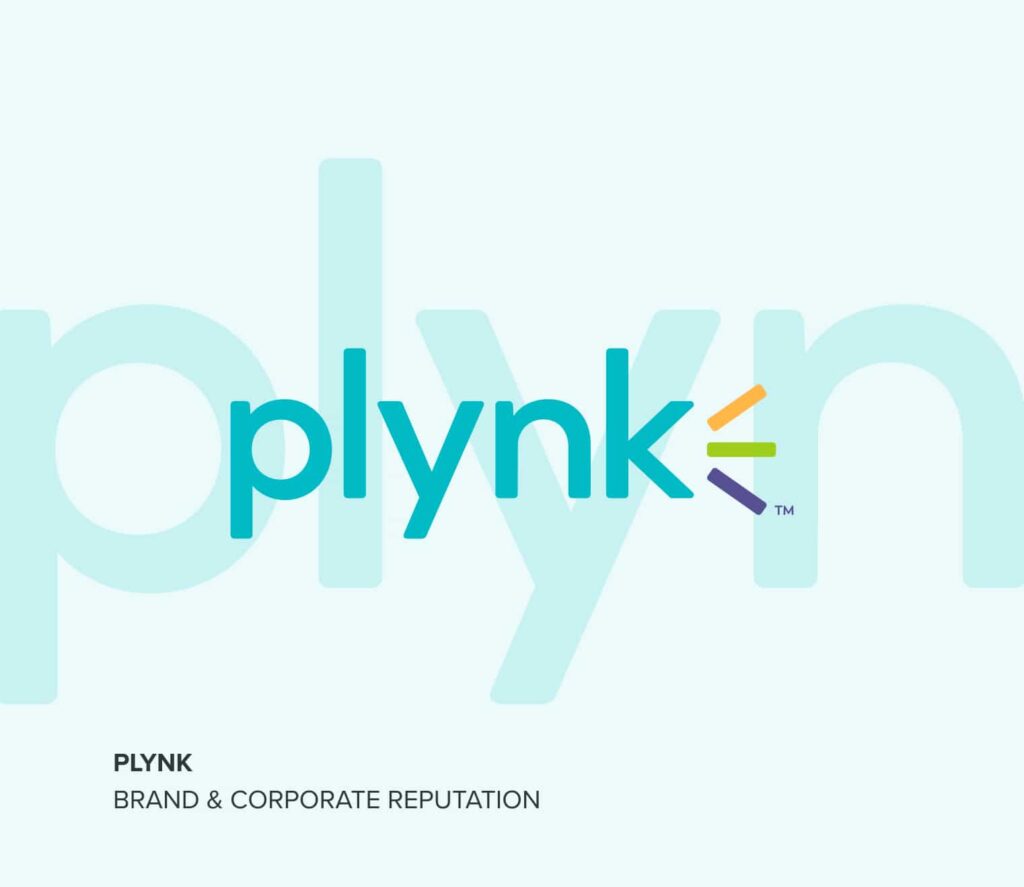FinTech becomes more significant with each passing month, not just in the United States and Britain, where it got its start, but also on the European continent and in Asia. Governments in general and regulators in particular have noticed and have clearly asserted the need for rules and guardrails – to protect the public but also to ensure the stability and integrity of financial systems. Some regulatory bodies have proceeded with more imagination than others, but the movement to regulate is universal from Singapore to London to Washington. One of the most promising avenues to accomplish this goal without destroying the benefits of innovation is to use the techniques of fintech to establish a flexible and effective regulatory regime.
Regulators face three imperatives in this regard: First is to identify the risks fintech brings to finance and the public, whether they are new or just high-tech versions of familiar financial risks. Second, regulators need to determine whether those risks require new regulatory approaches or can be folded into existing practices. Third is the need to ensure that regulatory safeguards leave room for the kinds of innovations that promise to bring financial efficiencies and a broader array of useful services to the public.
This is not just a to-do list. These objectives can often interfere with each other. Market integrity and transparency, for instance, calls for simple, clear rules. Though generally desirable, too great a leaning in this direction runs the risk of stifling innovation by forcing diverse fintech efforts into a procrustean bed designed for legacy finance. But prioritizing innovation runs the risk of creating a huge complex of special-case rulings that leave all concerned – regulators and regulated alike – unsure which strictures apply to whom and when.
So far, the regulators taking the lead in this delicate balancing act are the United Kingdom’s Financial Conduct Authority (FCA) and Singapore’s Monetary Authority. To encourage innovation but guard against mishaps in everyday financial operations, these authorities created what is called a “regulatory sandbox” (referencing a space where children can safely act out their dream constructions). In these, both fintech startups and legacy financial institutions can conduct controlled tests of innovative products and practices. These “sandboxes” first appeared in 2014 when the FCA launched its “Project Innovate.” They developed further when shortly afterwards the FCA initiated what it called “regulatory techsprints” that have brought regulators, industry experts, software developers, and designers together to solve specific regulatory problems.
Following on Britain’s and Singapore’s separate leads, more than 60 countries have adopted regulatory “sandboxes.” In the United States, the Comptroller of the Currency seems to have taken the lead among the many American agencies concerned with finance. It wrote the initial papers on the subject and has encouraged all agencies to work together on the matter. Since, the Consumer Financial Protection Bureau has begun running several “techsprints.” So far, however, the United States remains behind the FCA and the Monetary Authority of Singapore, as well as some other adopters of these techniques.
Still more promising are the ideas springing out of what is called “digital regulatory reporting” (DRR). The FCA has also taken the lead here, as has the Monetary Authority of Singapore, but the Bank of International Settlements (BIS) has joined the effort as have the G-20, the Federal Deposit Insurance Corporation (FDIC) and the New York State Department of Financial Services. At their most rudimentary level, DRR efforts put financial information in a common digital form so that it can be transferred easily and inexpensively to the regulatory authorities. DRR has already begun to ease some of the compliance burdens of regulated firms and also the organizational and analytical burdens confronting regulators.
Most interesting is how regulators are experimenting with algorithms to cull the data for problematic looking events. The algorithms would make crystal clear where some activity might have run afoul of the rules. Applying algorithms to a complete, digitized review of all transactions, transfers, and the like would provide regulators with a more complete picture of the firm’s activity than was ever available while at the same time relieving many reporting burdens. Presently, firms must report monthly, quarterly, and annually with summaries of all their activities. These reports of necessity use averages and aggregates. They also are a slice of activity at a particular moment or over a particular span of time. But with the fintech-like applications of DRR just described, the regulatory algorithms could examine every single transaction, transfer, etc. and flag from that whole whatever might need further investigation.
However the regulation is done – efficiently, subtly, or clumsily – it is coming. It behooves fintech to work with the regulators and vice versa to ensure that the inevitable occurs without discouraging innovation and with as light an administrative burden and as little room for error as possible.


